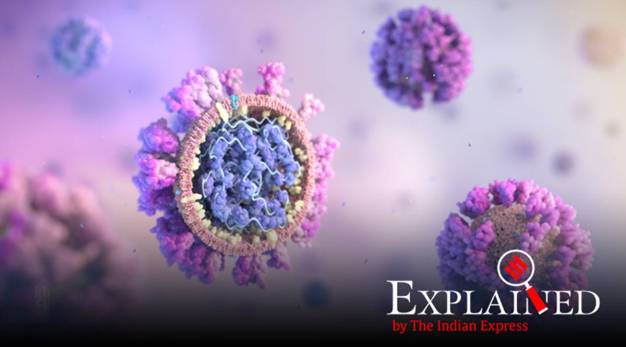Explained: How SARS-CoV-2 behaves in a household setting
The chance of getting the coronavirus disease from an infected person is more within a household than in the community or at the population-level.

A new study published in the peer-reviewed journal Clinical Infectious Diseases looks at how SARS-CoV-2 is transmitted within a household. As per this study, the secondary attack rate of the virus within the household is 16.3 per cent, and the risk of infection depends on the ages of the contacts and their relationship with the infected person, among others. In the study, researchers collected data from two local hospitals in China between January 1 and February 20, 2020. Eligible households were defined as those where only one family member, called the index patient, had a clear history of exposure to Wuhan or people from Wuhan or high-risk sites such as hospitals, supermarkets or railway stations within 14 days before illness onset.






















.png)











No hay comentarios:
Publicar un comentario